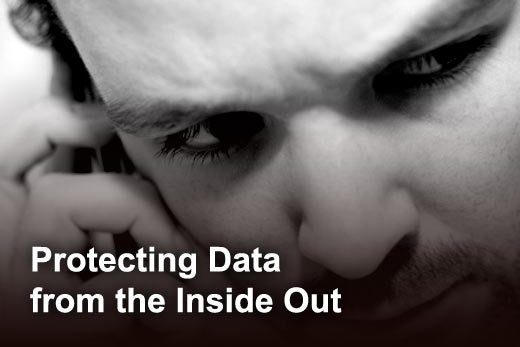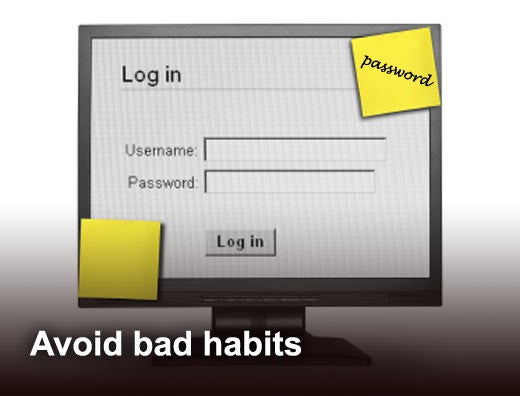Mismanagement of processes involving privileged access, privileged data, or privileged users poses serious risks to organizations. Such mismanagement is also increasing enterprises’ vulnerability to internal threats that can be caused by simple human error or malicious deeds.
According to a Computing Technology Industry Association (CompTIA) survey, while most respondents still consider viruses and malware the top security threat, more than half (53 percent) attributed their data breaches to human error, presenting another dimension to the rising concern about insider threats. It should serve as a wake-up call to many organizations that inadvertent or malicious insider activity can create a security risk.
To significantly cut the risk of these insider breaches, enterprises must have appropriate systems and processes in place to avoid or reduce human errors caused by inadvertent data leakage, sharing of passwords, and other seemingly harmless actions.
Adam Bosnian, vice president of products and strategy at Cyber-Ark Software, offers the following best practices for organizations serious about preventing internal breaches, be they accidental or malicious, of any processes that involve privileged access, privileged data or privileged users.
Click through for five best practices to help you avoid an internally generated data breach.
Build security directly into the business process, independent of the existing network infrastructure, by establishing a safe harbor or vault for highly sensitive data (such as administrator account passwords, HR files, or intellectual property). This will protect the data from the security threats of hackers and the accidental misuse by employees.
A digital vault is set up as a dedicated, hardened server that provides a single data access channel with only one way in and one way out. It is protected with multiple layers of integrated security including a firewall, VPN, authentication, access control, and full encryption. By separating the server interfaces from the storage engine, many of the security risks associated with widespread connectivity are removed.
Ensure that administrative and application identities and passwords are changed regularly, highly guarded from unauthorized use, and closely monitored, including full activity capture and recording. Monitor and report actual adherence to the defined policies. This is a critical component in safeguarding organizations and helps to simplify audit and compliance requirements, as companies are able to answer questions associated with “who” has access and “what” is being accessed.
The best way to start managing privileged accounts is to create a checklist of operating systems, databases, appliances, routers, servers, directories, and applications throughout the enterprise. Each target system typically has between one and five privileged accounts. Add them up and determine which area poses the greatest risk. With this data in hand, organizations can easily create a plan to secure, manage, automatically change, and log all privileged passwords.
Up to 80 percent of system breaches are caused by internal users, including privileged administrators and power users, who accidentally or deliberately damage IT systems or release confidential data assets, according to a Cyber-Ark survey.
Many times, the accounts leveraged by these users are the application identities embedded within scripts, configuration files, or an application. The identities are used to log into a target database or system and are often overlooked within a traditional security review. Even if located, the account identities are difficult to monitor and log because they appear to a monitoring system as if the application (not the person using the account) is logging in.
These privileged, application identities are being increasingly scrutinized by internal and external auditors, especially during PCI- and SOX-driven audits, and are becoming one of the key reasons that many organizations fail compliance audits. Therefore, organizations must have effective control of all privileged identities, including application identities, to ensure compliance with audit and regulatory requirements.
To better protect against breaches, organizations must establish best practices for securely exchanging privileged information. For instance, employees must avoid bad habits (such as sending sensitive or highly confidential information via e-mail or writing down privileged passwords on sticky notes). IT managers must also ensure they educate employees about the need to create and set secure passwords for their computers instead of using sequential password combinations or their first names.
The lesson here is that the risk of internal data misuse and accidental leakage can be significantly mitigated by implementing effective policies and technologies. In doing so, organizations can better manage, control, and monitor the power they provide to their employees and systems and avoid the negative economic and reputational impacts caused by an insider data breach, regardless of whether it was done maliciously or by human error.








